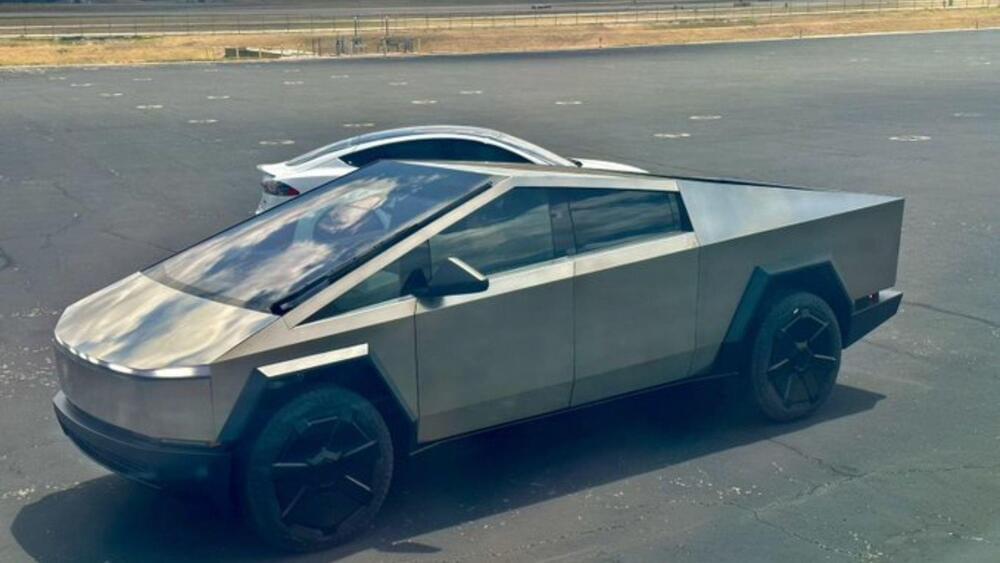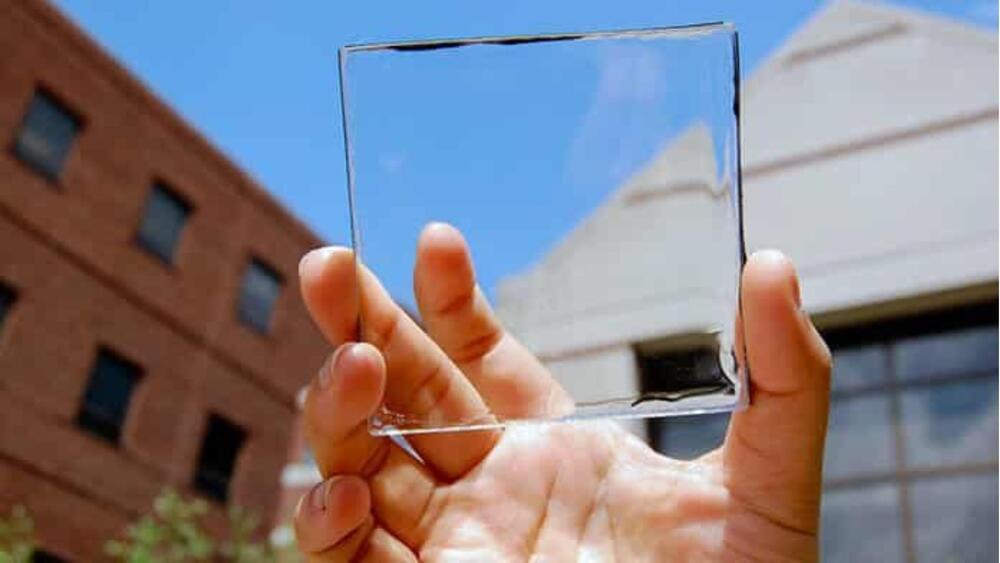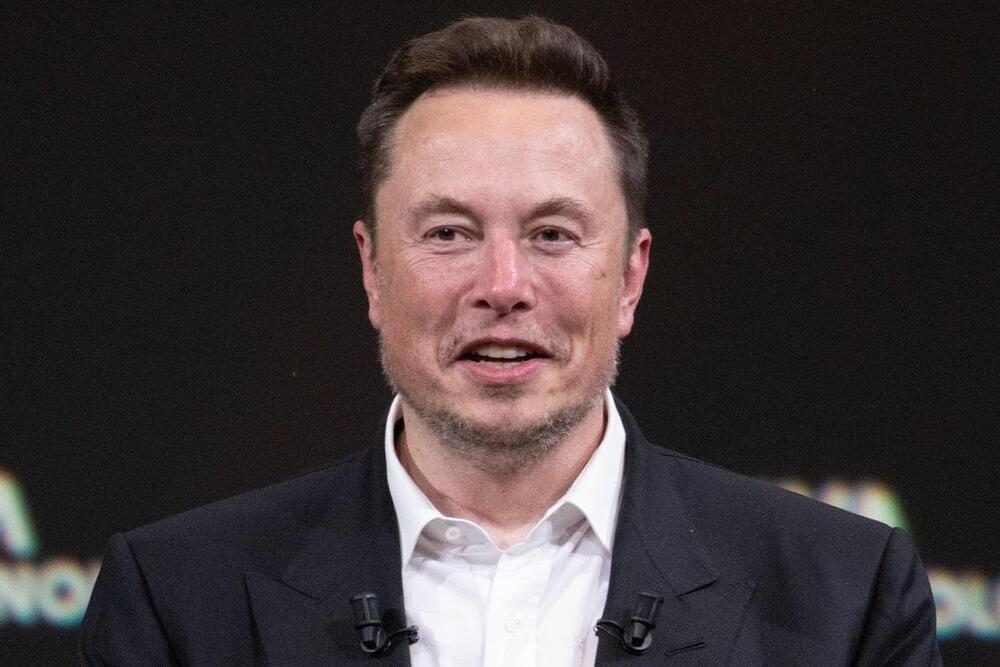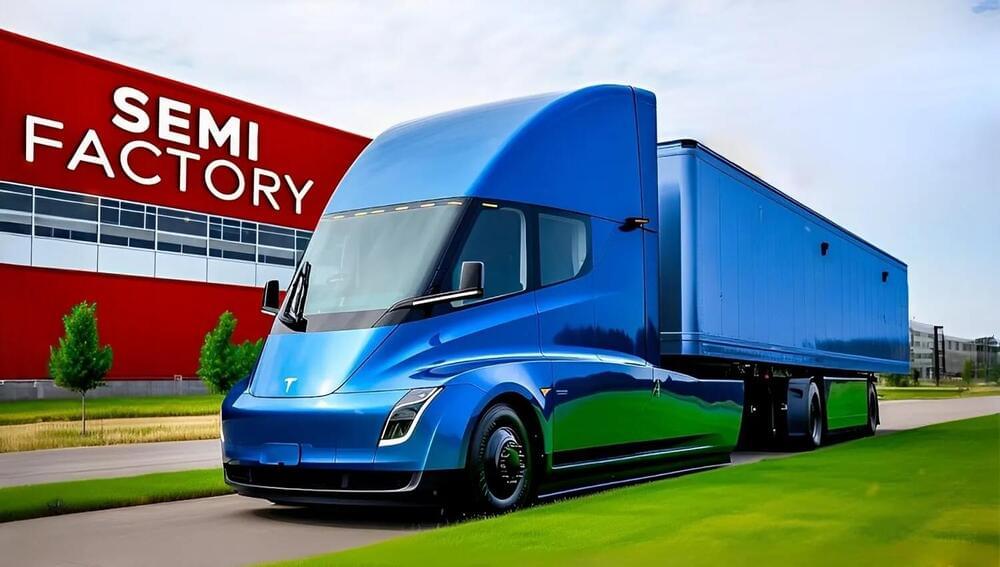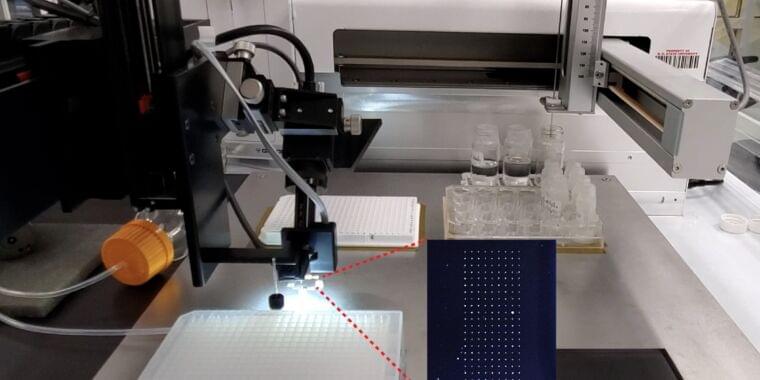Though these picojets may be small and last no more than 60 seconds, as Chitta pointed out, they are still powerful in their own right.
“The ‘pico’ prefix refers to the energy scale of the jet. The picoflare jets that we discovered are a trillion times energetically weaker compared to large X-class flares,” he said, X-class flares being the sun’s most powerful explosive outflows.
“Still,” he continued, “the energy content of a single picoflare jet that lives for about 1 minute is equal to the average power consumed by about 10,000 households in the UK over an entire year.”

